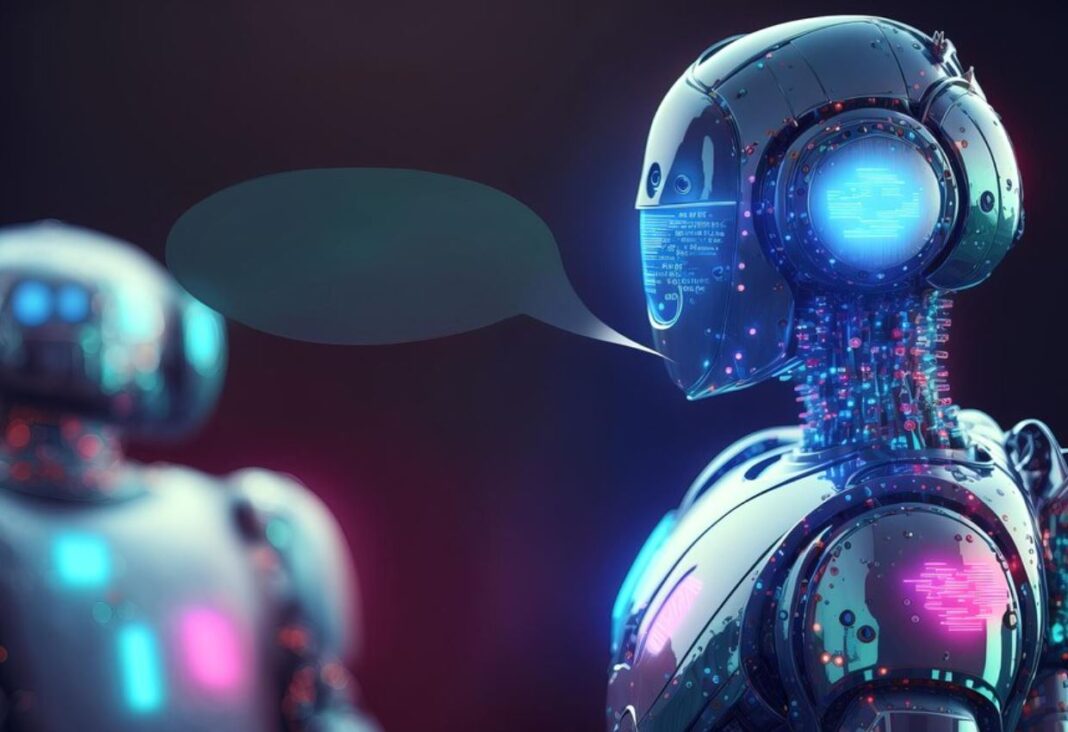Natural language processing (NLP) advancements have consistently impacted how we engage with and leverage technology’s power in the dynamic artificial intelligence (AI) arena. GPT-4, the newest member of the Generative Pre-trained Transformer (GPT) family, has become an important step in advancing AI, providing us with the capabilities to be considered science fiction. Understanding GPT-4 is more essential than ever, given its tremendous impact on companies, society, and how people interface with technology.
GPT-4 heralds a new age in artificial intelligence, one that has the potential to transform a wide range of disciplines, from healthcare to the visual and performing arts, while also posing ethical and practical obstacles. This article provides a detailed overview of GPT-4 design, capabilities, and practical usage. Read on…
Evolution of AI and Natural Language Processing
Artificial intelligence has an extensive record dating back to the mid-twentieth century. Over the years, AI research has progressed from conceptual artificial intelligence to machine learning (ML) and deep learning methodologies, which form the base for modern AI systems.
Notably, GPT is a programming model that uses machine learning techniques to create human-like, conversational language.
<<Also Read: How Learning GPT Tools Can You Help Work Smarter at Your Workplace?>>
The Role of GPT-1 to GPT-3 in Advancing AI
GPT-1
OpenAI issued a study in 2018 titled “Improving Language Understanding by Generative Pre-Training” about leveraging the understanding of natural languages with its GPT-1 model. This served as a demonstration of a concept version that was never made public. GPT-1 used an adaptive framework to achieve cutting-edge outcomes in many NLP tasks, such as producing texts and translating languages.
GPT-2
GPT-2, in 2019, became well-known for its ability to create cohesive and relevant situation text. GPT-2’s design and training data outperformed GPT-1. And, its enormous scale language creation skills piqued interest in security for AI and ethics.
GPT-3
GPT-3, which was released in 2020, represents one of its most significant AI models to date. It demonstrated outstanding language recognition and generation ability with a whopping 175 billion parameters. GPT-3’s adaptability enabled it to excel in various programmes, from chatbots to content generation. Its API portability allowed developers all over the world to incorporate GPT-3 into a variety of goods and services.
What is GPT-4?
GPT-4 is the most recent release of OpenAI’s model of language modules. When the firm’s immensely popular ChatGPT chatbot premiered in November 2022, it was powered by GPT 3.5. It improves on previous versions, such as GPT-3, by providing a bigger model size, deeper training data, and better performance over various NLP applications.
When was GPT-4 launched?
OpenAI formally released GPT-4 on March 14, 2023, almost four months after the official release of ChatGPT at the end of November 2022.
What are the Latest Features in GPT-4?
GPT-4’s newest characteristics represent substantial advances in artificial intelligence and the processing of natural languages. Here’s a brief overview of the latest developments in it:
Leveraging GPT-4 Visual Inputs
GPT-4 now supports image and text interfaces. By entering interconnected text and graphics, users can choose any vision or linguistic task.
Benchmarks for GPT-4 Performance
GPT-4 was tested by OpenAI, which replicates human-designed tests that include the Uniform Bar Examination, as well as SAT for university admission. OpenAI also tested GPT-4 on machine learning benchmarks, outperforming existing major language models and most cutting-edge systems that may include benchmark-specific programming or additional training procedures.
Performance Enhancements
GPT-4 models outperform GPT-3.5 models in terms of factual accuracy of answers. It outperforms GPT-3.5 by 40% on OpenAI’s factual performance benchmark, resulting in fewer factual errors.
<<Also Read: The Top 10 GPT Tools to Watch Out In 2023>>
Accessing GPT-4: How to Start?
GPT-4 is often accessible via OpenAI platforms or its API, which links to various services and apps. OpenAI is releasing GPT-4 text input abilities via ChatGPT. Notably, ChatGPT Plus users can access it presently.
Further, OpenAI Evals, a platform for automated assessment of AI model efficacy, has been open-sourced by OpenAI to enable everybody to report flaws in their algorithms and influence future improvements.
Depending on the development choices, it may interface with GPT-4 using a variety of programming languages and platforms. Python is frequently used for AI and NLP applications. Therefore, understanding Python may be beneficial.
Wrapping Up
GPT-4 is a significant achievement in the fields of artificial intelligence and language processing. GPT-4 aims to be substantially more capable, varied, and innovative in understanding and creating human language than previous versions. It can potentially revolutionise various industries, from content generation and customer assistance to healthcare research and education.
Nonetheless, like any robust technology, it creates significant ethical and social challenges that must be solved. As we integrate GPT-4 throughout our daily routines, we must ensure appropriate use, openness, and transparency.



